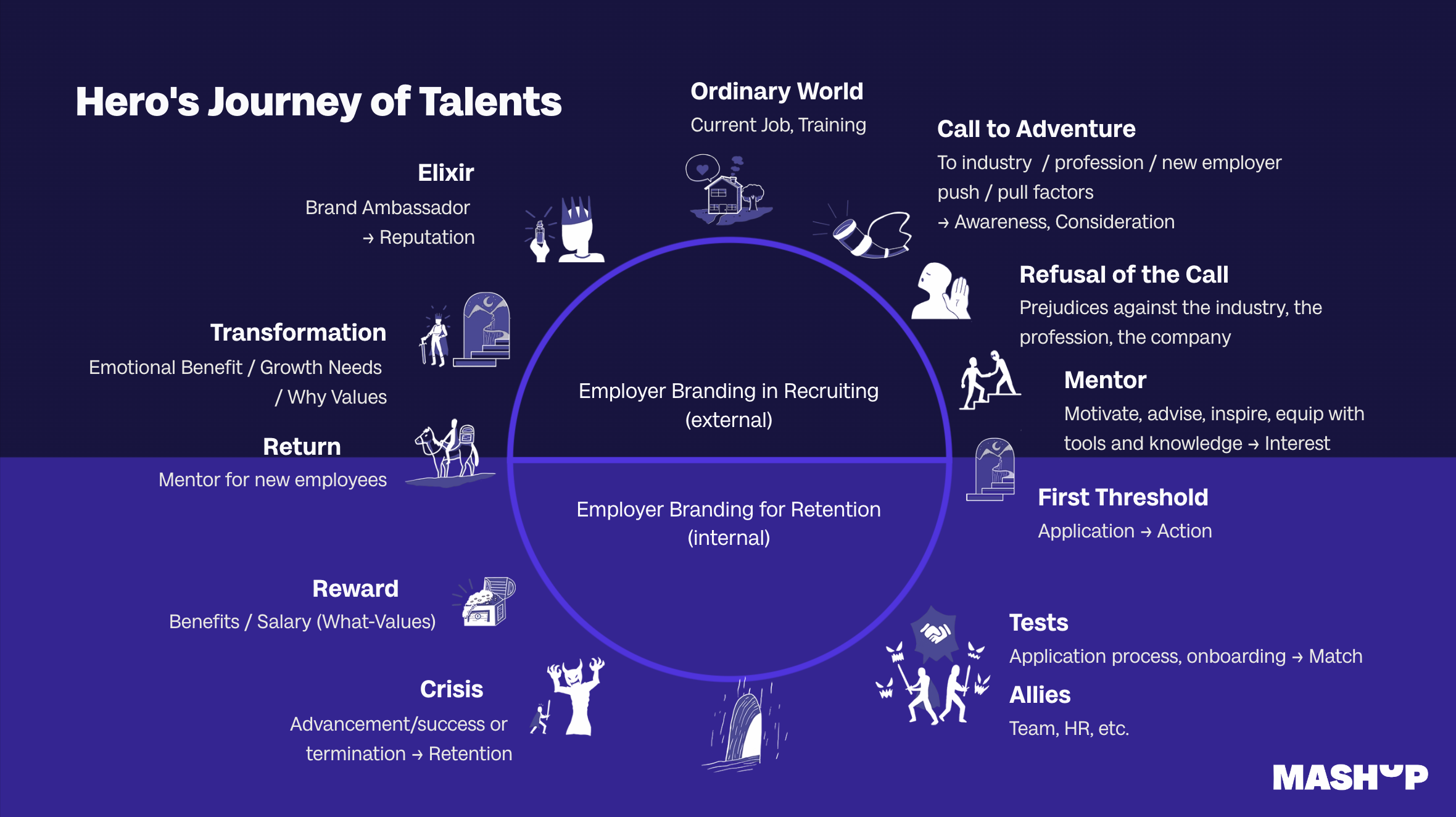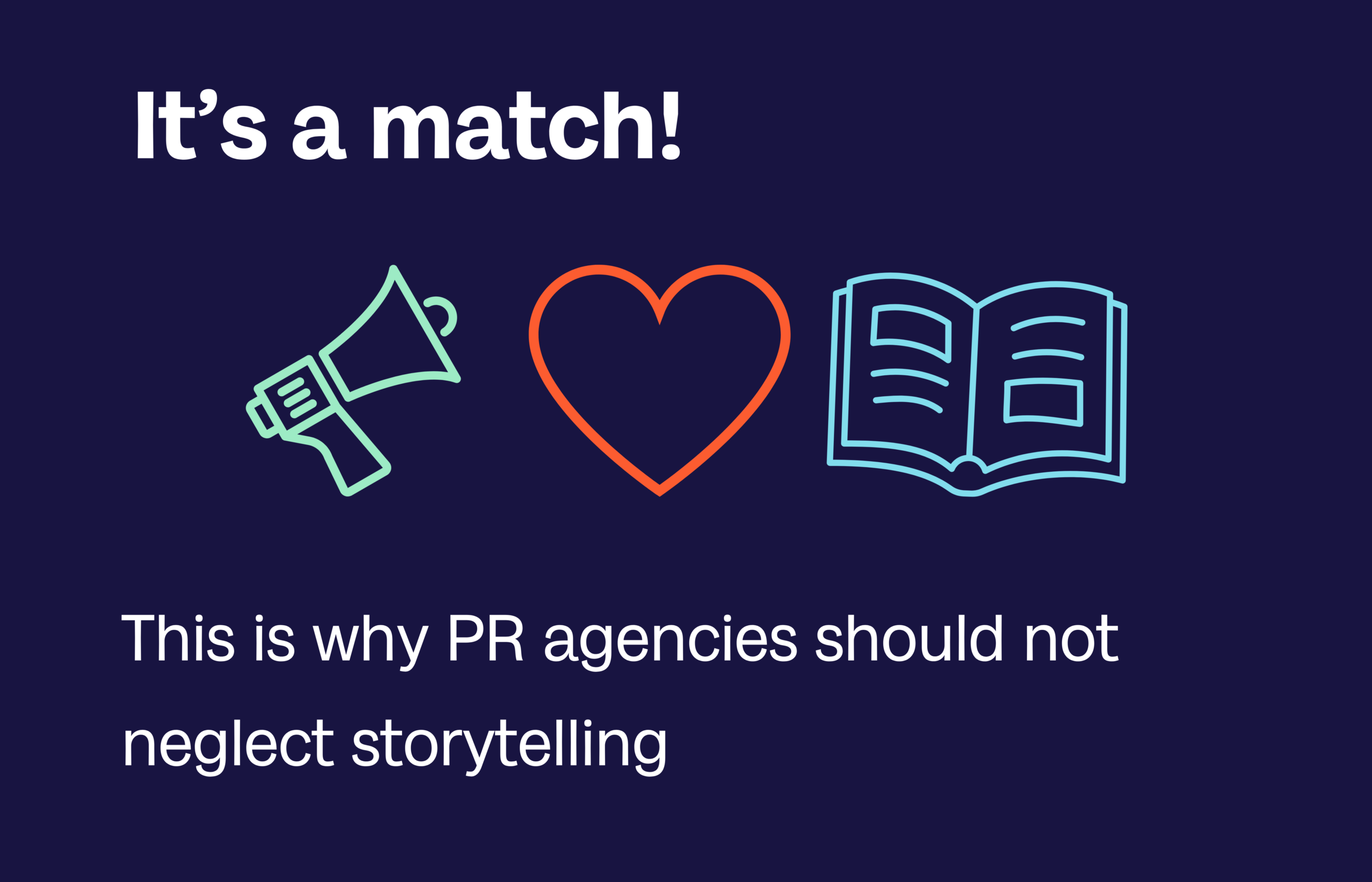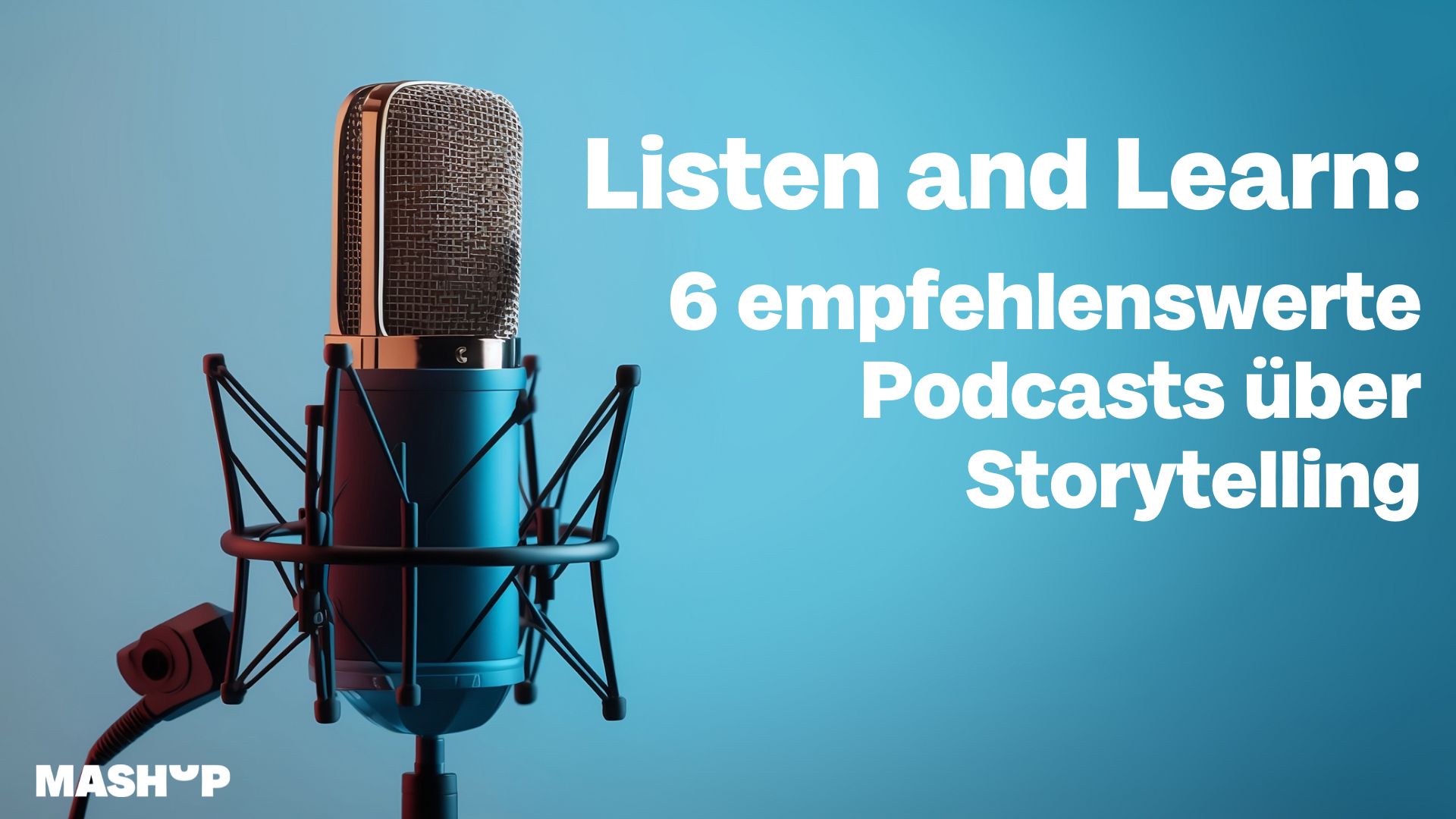10 Trends in Influencer Marketing Part I: From Authenticity to Content Rights
Whether start-ups or large corporations, banks or vegan skincare: influencer marketing has become indispensable for more and more companies. However, the current influencer hype is actually nothing new. The mechanism behind this has been an important part of marketing for many decades – even centuries. However, it is no longer just world-famous stars who use their faces to advertise a brand. The marketing discipline is evolving so rapidly that yesterday’s principles are already being discarded today and new opportunities are constantly becoming relevant on the channels. The trends in influencer marketing, Part I:
1. Less is Known to be More
„We are in love with your style. Your style matches with our brand. Message us, we have a great offer for you“ – Requests that are probably familiar to anyone who has cracked the 100 Instagram follow mark. When the next fast-fashion brand or the umpteenth detox tea comes calling, however, it’s not just the Instagrammers who get a change of heart. Subscribers are also annoyed by the never-ending flood of artificial advertising messages. A credible appearance looks different. The results of these quick affairs are rarely authentic, but usually staged and unappealing. Exactly what influencer marketing is not intended to achieve.
Companies and products must match the blogger’s brand: they stand for the same values, do not regularly advertise competing products, have expert knowledge in the thematic niche and enjoy a high level of recognition in the community. This is the only way to really convince the target group. However, if hundreds of people advertise at the same time – as is the case with Coral, for example – the requirements for authentic influencer marketing simply cannot be met.
2. Forget Short Affairs, Think in Brand Messages
It’s not just the customer’s relationship with the brand that suffers from intrusive campaigns. The relationship between companies and influencers also lacks mutual appreciation. The authenticity of strong brand ambassadors who accompany brands over a long period of time is what will define the corporate communication of the future. The change from promoter to real brand face will also be worthwhile for the bloggers themselves.
Companies will increasingly rely on the sustainable effect of long-term cooperation. Zalando, for example, has been working closely with targeted influencers such as Charlotte Kuhrt for years. These creators then not only advertise for Zalando on Instagram and the like, but are also represented on the fashion giant’s website with their very own page and outfit ideas. Such authentic insights into the closet not only stimulate the imagination, but also boost sales.
3. Instagram Stars vs. Microinfluencers: Target Groups and Niches
If companies don’t take a close look at the community, it’s easy to miss the point. Products sold exclusively in Germany are of little use with an 80% US following. Internationally known bloggers in particular have high wastage. Generally promising: Microinfluencer:inside. They have a smaller audience and therefore a much narrower, more focused target group that really trusts their opinions and recommendations. Although large Instagrammers with over 100K reach a broad audience, the target group here is too broad, especially for smaller or topic-specific brands.
4 My Content is your Content: Exclusivity and Usage Rights
Okay, now it’s getting dry for a moment: Contractually, too, things will change from dazzling short campaigns to sustainable relationships. Keyword: cross-media. In future, the content created for Instagram, YouTube and blogs will increasingly be used for posters and advertorials. The decisive factors here are, of course, the contracts. If brands invest more in exclusivity and usage rights, the content can be distributed more widely for marketing purposes. GoPro has turned the whole thing around: the company regularly works with influencers who share outdoor activities and are equipped with the high-quality cameras to create captivating content from their adventures. In addition to the exciting videos designed to captivate subscribers, the robustness and versatility of the products is particularly evident!
5. Goodbye Influencer, Hello Content Creator!
No, this will not be a paragraph on the popularly proclaimed “Influencer marketing is dead”. However, the term is increasingly falling into disrepute because everyone thinks they can be one. Anyone who does social media work is certainly familiar with requests from tiny channels or even children. Anyone who wanted to be a model or rock star in the past is now trying to start their own blog. Yet it has long been a profession that has become a full-time job for many.
They are experts in their social media channels, target groups and subject areas and have successfully built a brand. More and more of them see themselves not as influencers, but as content creators, concept developers, art directors, photographers or models. Companies should not leave this know-how unused. Bloggers must be allowed to think and make decisions as early as the campaign conception stage, as this is the only way to create campaigns that are tailored to both brands. And not to be sneezed at: They bring a breath of fresh air to content marketing without their own operational blindness.
But how can authenticity and long-term cooperation be realized? What influencer marketing will need more and more in the future are fixed key figures, fees and contracts: Click here for Influencer Marketing Trends Part II.
Share this article
Related articles

11 March 2024








